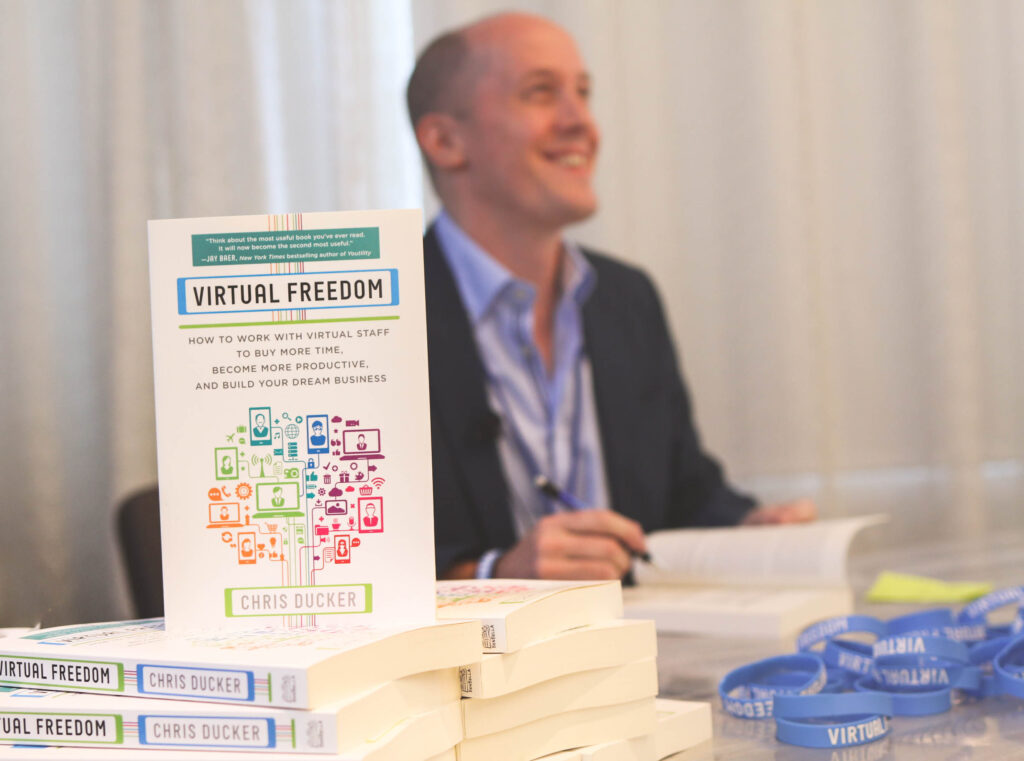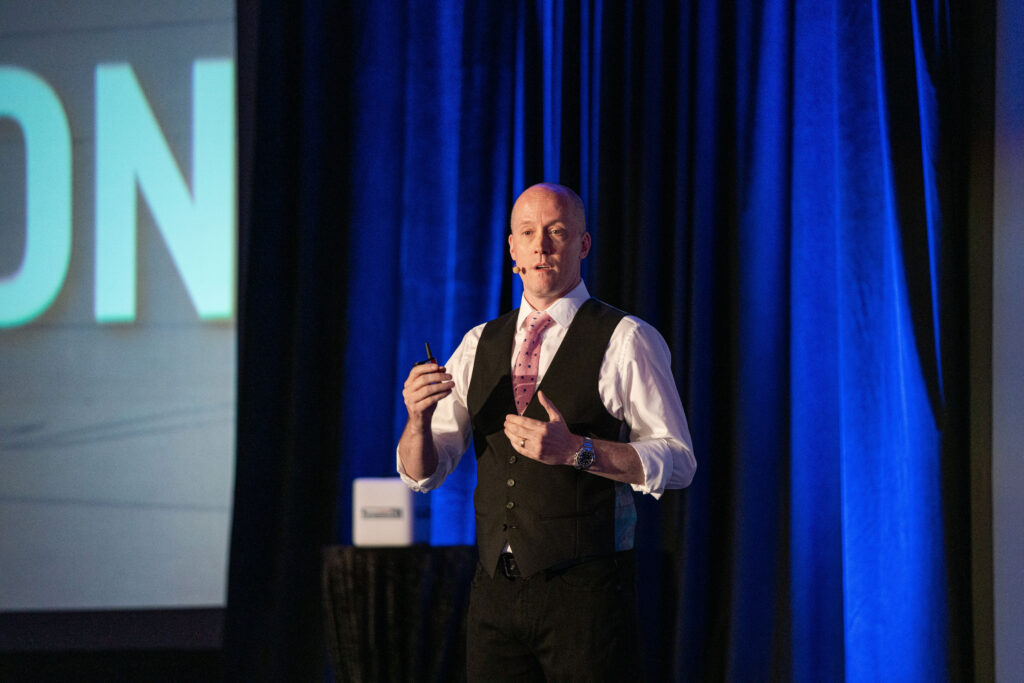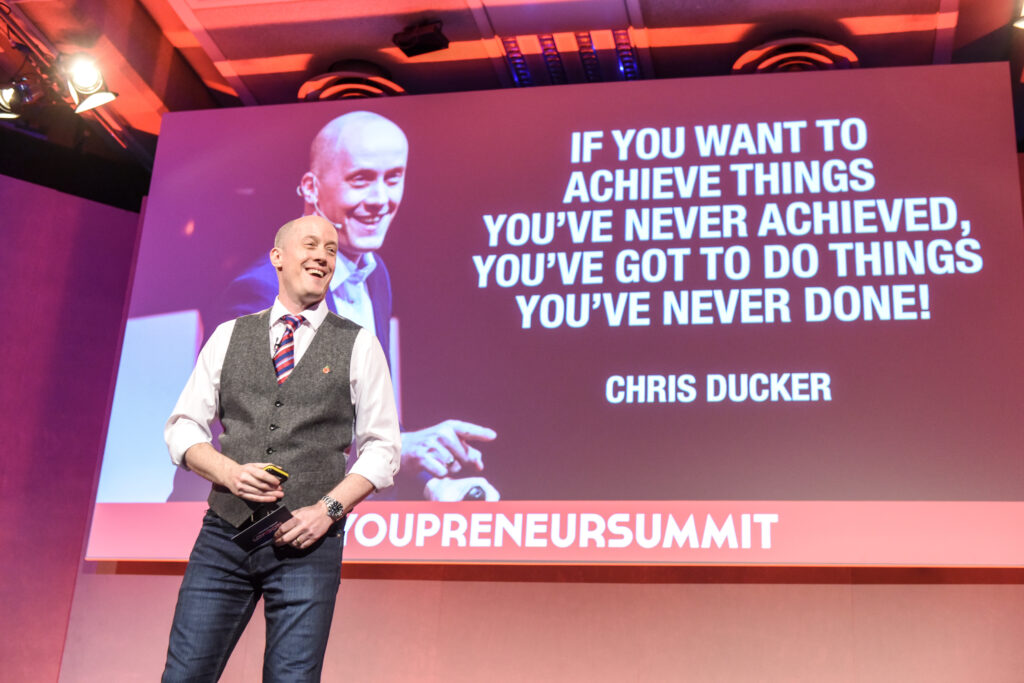In today’s fast-paced world, the mantra of “rise and grind” has become all too familiar. We often hear hustle culture promoting the idea that we must sacrifice everything, including our health, relationships, and sanity, to achieve success. But let’s pause for a moment and ask ourselves: Is this working? Many of us are constantly exhausted, feeling like we’re spinning our wheels without making real progress. If this resonates with you, there’s good news: there is a better way.
The Downside of Overworking
Overworking doesn’t just take a toll on your health. It stifles creativity, damages relationships, and holds back business growth. As someone who’s been there, I can assure you that working smarter, not harder, can change everything. Let’s explore how you can build a thriving business while enjoying your life.
The Trap of Hustle Culture
Hustle culture glamorizes burnout, a trap many don’t realize they’re caught in until it’s too late. It’s time to ask yourself: How often have you skipped meals, pulled late nights, or sacrificed time with loved ones for your business? Exhaustion often leads to the opposite of what we want, with creativity plummeting and decision-making suffering. Studies suggest that productivity drops significantly past 40 hours of work in a week. So, what’s the point of success if you’re too burned out to enjoy it?
Here are six tips to help you thrive without burning out:
1. Delegate and Automate
Just because you can do something doesn’t mean you should. Delegating tasks to others or automating repetitive work can save hours every week. Consider hiring a virtual assistant for admin tasks and use tools to automate social media posts and email campaigns.
2. Set Clear Boundaries
Boundaries are not a luxury but a necessity. Determine your working hours and stick to them. Communicate your availability to clients, team members, and your family to ensure they know when you’re off the clock.
3. Time Block Your Day
Stop reacting to tasks as they appear. Allocate specific times for focused work, meetings, and breaks. This practice helps boost productivity and reduces mental fatigue.
4. Prioritize Self-Care
Treat self-care as a business investment. Simple practices like daily walks, regular exercise, or meditation can make a significant difference. Sleep, nutrition, and relaxation should be non-negotiables.
5. Use the 80/20 Rule
Focus on the tasks that bring the most value to your business. The Pareto principle reminds us that 80% of results come from 20% of our efforts. Eliminate, delegate, or de-prioritize the rest.
6. Schedule Downtime and Fun
Taking time off can actually enhance productivity. Downtime recharges your brain and sparks creativity. Whether it’s spending a weekend with loved ones or enjoying an evening with a good book, make joy a priority.
here's the big question that I pose to you today, what's the point of success if you're too burned out? to enjoy it in the first place.
For ongoing support, subscribe to my weekly newsletter Future Proof, which offers insights into achieving sustainable growth without sacrificing wellbeing.


 Not only has “Virtual Staff Finder” been acquired, but I have decided to convert the value of that acquisition into shares and become a co-owner of WrkPod.com, which is something I am thrilled about.
Not only has “Virtual Staff Finder” been acquired, but I have decided to convert the value of that acquisition into shares and become a co-owner of WrkPod.com, which is something I am thrilled about. 




